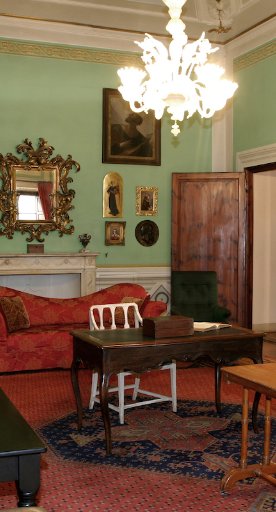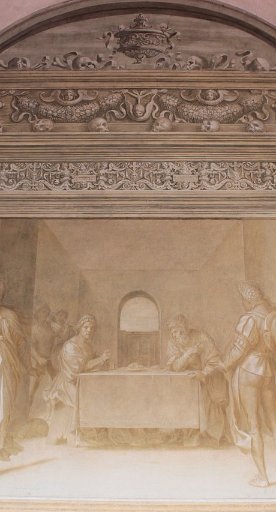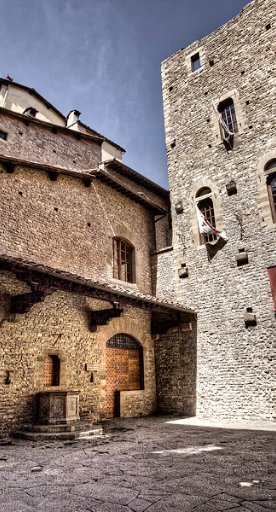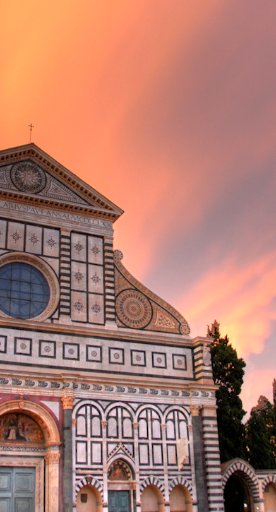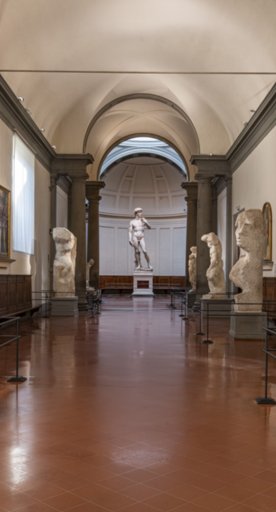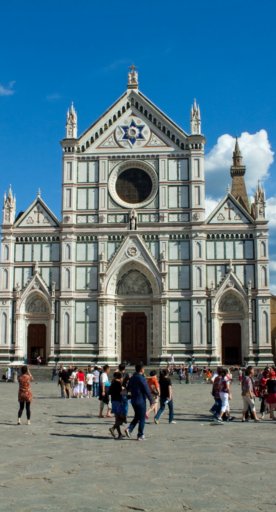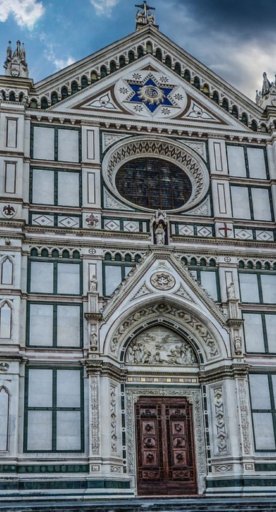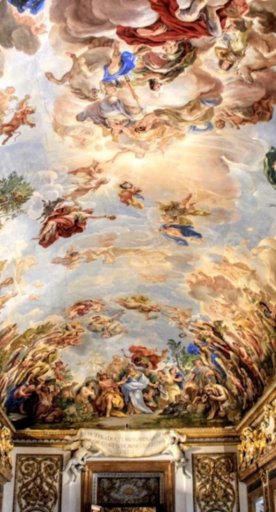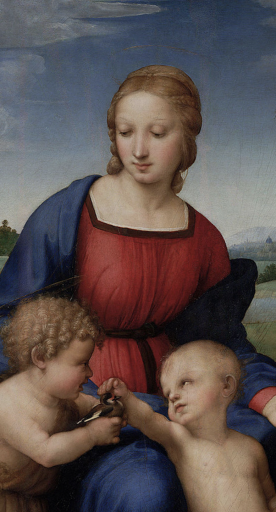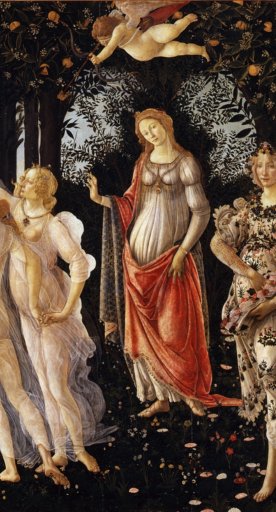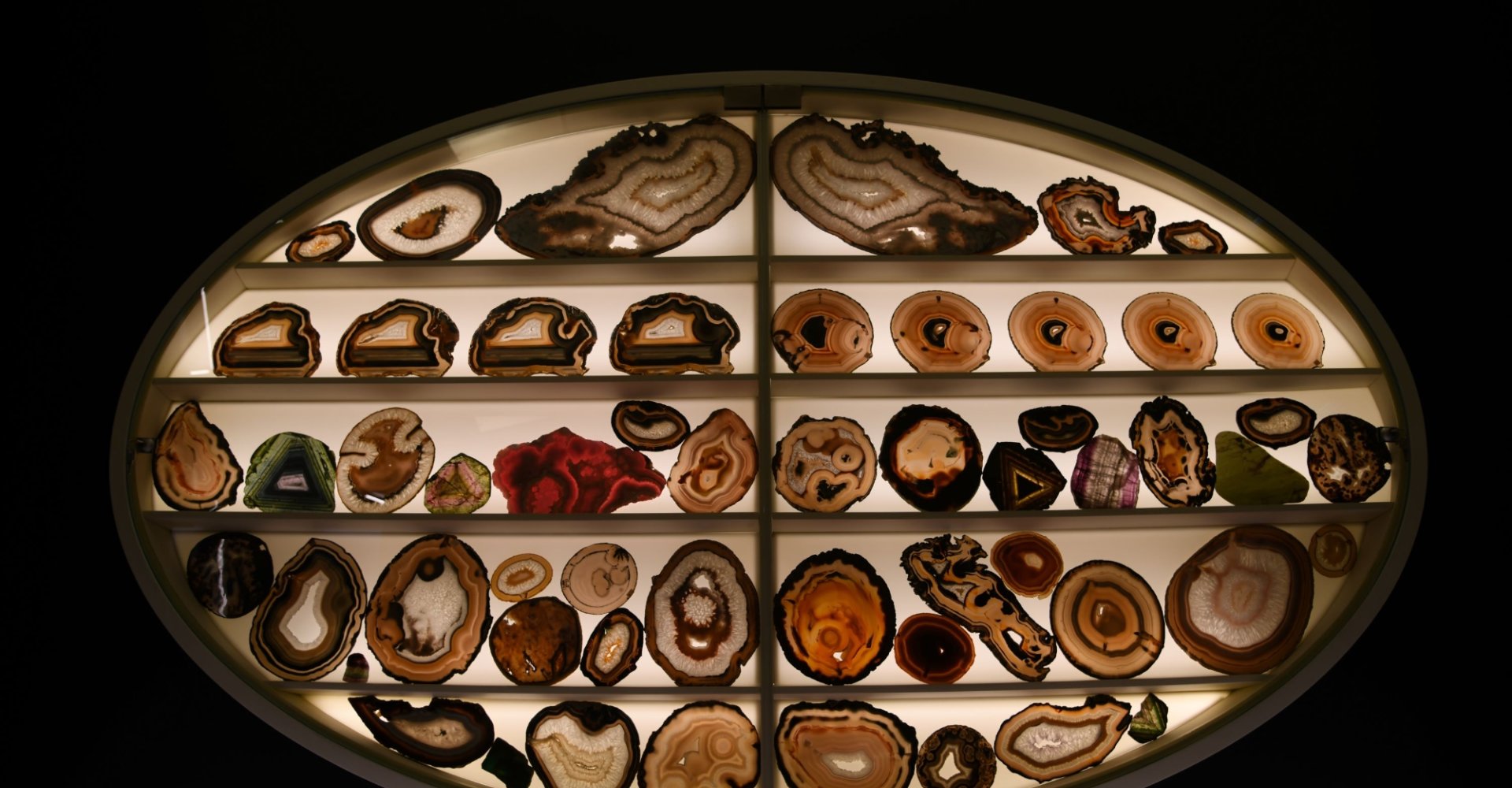
Museum La Specola
Collections of zoology and mineralogy, anatomical and botanical waxes, rarities related to art and science, in one of the oldest science museums in Europe
La Specola Museum, part of the Museum Network of the University of Florence, is one of the oldest science museums and the first example in Europe of a scientific institution open to all, without limitations of origin, gender or class: a concept of "museum" that anticipates today's vision by nearly two centuries.
The Museum was established as the Imperial and Royal Museum of Physics and Natural History by Grand Duke Peter Leopold on February 21, 1775. The Medicean collections of fossils, animals, minerals and exotic plants, as well as an incredible collection of anatomical waxes, were brought together here.
The Museum, housed in the historic Palazzo Bini Torrigiani, a few steps from Piazza Pitti, reopened its doors in February 2024, after lengthy and major redevelopment, modernization and expansion works.
Zoology
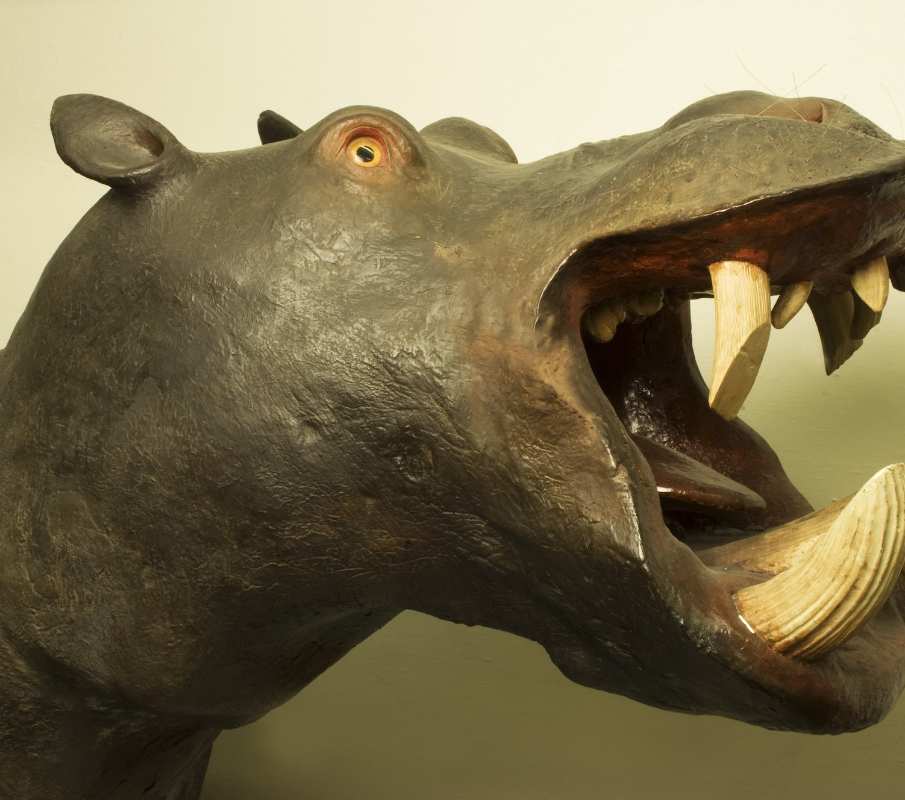
On the first floor are the showcases containing a (small) part of the immense zoological collection, consisting of more than 4 million specimens from all over the world, including species now extinct, with many specimens of considerable scientific and historical interest. The zoological section covers 23 rooms, and the exhibition layout is the original one of the Museum.
Among the rarities: giant tortoises from the Galapagos, a mummified crocodile from Ancient Egypt that came to Florence in 1828-29, a cast of a Japanese giant salamander that lived at the Museum from 1875 to 1918, a huge variety of fish and birds, a white rhinoceros. Among the curiosities, the Boboli Hippopotamus, an exotic gift intended for the Grand Duke, certainly stands out; the animal spent a few years of its life in the Boboli gardens and upon its death was stuffed, in a rather fanciful way, by artisans who had only a vague idea of the species' characteristics.
Anatomical waxes
La Specola Museum is internationally known for its collection of wax anatomical models, a collection unique in the world, in terms of the antiquity, vastness and veracity of the models, produced over about a century by the Workshop of Ceroplastics established at the museum in 1771, with the aim of teaching anatomy three-dimensionally, without the need to always resort to corpse dissection.
The works, about 1400, are offered in a museographic layout that has come almost unchanged since the 18th century, accompanied by drawings and educational systems created by expert draftsmen and calligraphers.
New itineraries
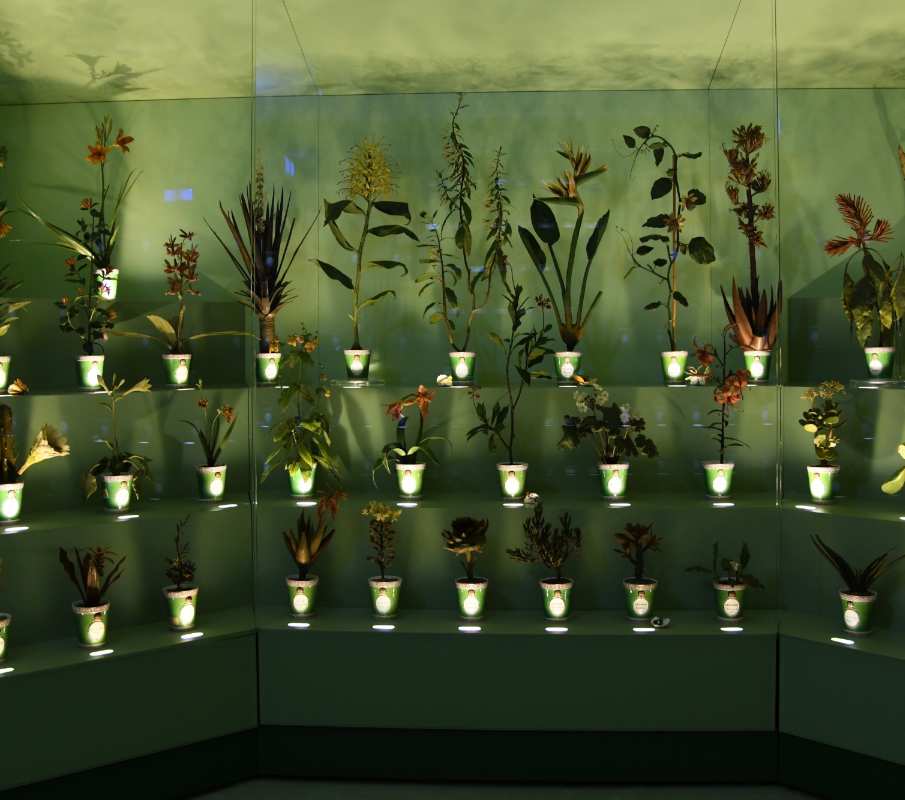
On the ground floor is the new section devoted to Mineralogy, organized according to an itinerary documenting the genesis of minerals, their variability and the chemical and physical properties for which they are used by human societies.
The Medicean Collection of worked stones, with masterpieces that belonged to Lorenzo the Magnificent, can also be admired here in all its beauty.
The other new feature is the new itinerary dedicated to the Florentine Botanical Wax Collection, open to visitors after more than a century: plants, fruits and tables of plant anatomy, histology and pathology of exceptional realism and extraordinary beauty.
The itinerary (called "Art and Science") also includes allegorical Baroque wax miniature statues by Giulio Gaetano Zumbo, still-life paintings by Bartolomeo Bimbi, two anatomical statues made of wood and one made of papier-mâché, as well as works in glass, plaster and other materials.
On the ground floor is the Hall of Skeletons: an early 19th-century exhibition facility that houses the 3,000 artifacts of the osteological collection, mostly mammals, with some rarities, such as the large skeleton of the Asiatic Elephant that came to Florence alive in 1655.
Inside the Museum is also a very special room, a rare example of late neoclassical Florentine architecture: the Galileo Tribune, designed and built in 1841 by architect Giuseppe Martelli to honor the memory of the great Tuscan scientist and to contain some of his instruments.
Finally, the Astronomical Tower, designed by Niccolò Maria Gaspero Paoletti around 1789, and active until the mid-19th century. In the floor of the Sundial Room, or Stork Room, is the sundial made of marble, copper, silver and scagliola from 1784, which is still working. A 360-degree view of Florence can be enjoyed from the eight windows in the upper octagonal hall.
Information on tickets and reservations can be found on the Museum’s website (some itineraries are accessible by reservation only, with guided tours).
Information on accessibility: feelflorence.it
